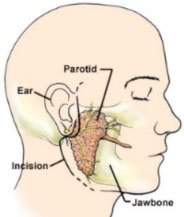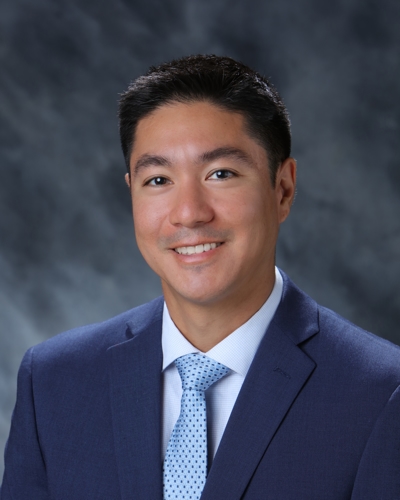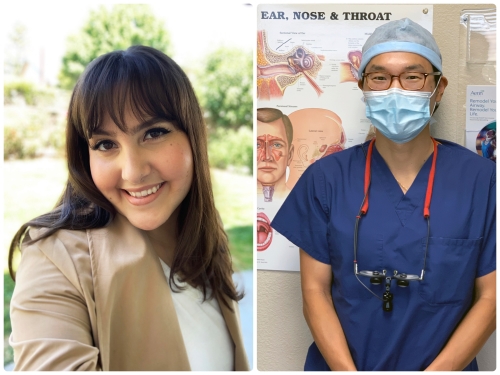
Parotid Surgery
The parotid glands lie in front of and below the ear. They form saliva that drains into the mouth through a duct that lies next to the upper molars. The parotid gland consists of a superficial and a deep lobe, with the main trunk and branches of the facial nerve, or nerve that moves the muscles of the face, in between the lobes. Some of the reasons for parotidectomy include chronic infection of the gland or tumors. Benign or malignant tumors can develop in these glands and will present as a lump in front of or below the ear. Most tumors are benign and are present for several months with little or no growth before the patient is referred to a specialist for evaluation. Malignant tumors may cause facial nerve weakness, lymph node enlargement or pain at the site of the tumor.
 Parotidectomy is done for tumors of the parotid gland and occasionally
for recurrent infections of the gland. For benign and low grade malignant
tumors, surgery is usually curative without any need for additional therapy.
For other malignant tumors, surgery is usually followed by radiation therapy.
Parotidectomy is done for tumors of the parotid gland and occasionally
for recurrent infections of the gland. For benign and low grade malignant
tumors, surgery is usually curative without any need for additional therapy.
For other malignant tumors, surgery is usually followed by radiation therapy.
Most tumors lie in the portion of the gland above the nerve, so identification of the nerve allows mobilization and removal of the tumor safely with adequate margins around the tumor tissue and no injury to the facial nerve. This is described as a superficial parotidectomy.
When the tumor requires dissection both above and below the facial nerve, the procedure is called total parotidectomy. Rarely, branches of the facial nerve, or even the main trunk of the nerve, are surrounded or invaded by tumor and removal of all tumor tissue requires sacrifice of a portion of the nerve. This situation is very rare with benign tumors.
The procedure is done under general anesthesia through an incision that courses just in front of the ear and into the neck (similar to a facelift incision). This incision heals well with minimal scarring and provides safe access to identify the facial nerve and remove all tumor tissue. The main trunk of the facial nerve is identified and the parotid gland is dissected free from all branches of the nerve. Surgery takes about 2.5 to 4 hours depending on the size and location of the mass. A drain is placed which exits the wound behind the ear, and is left in place for one or more days depending on the amount of drainage. Most patients are able to go home one day after surgery.
Complications of surgery include bleeding, infection, facial nerve weakness which is usually temporary, and numbness of the skin around the neck and ear. Other complications include a seroma or fluid collection under the skin, which is why the drain is placed.
Once the patient is discharged home, light activity is recommended. Avoid heavy lifting and strenuous exercise for one week. Avoid ibuprofen, aspirin, or other medications that can increase the risk of bleeding. Bathing and showering is permitted on the first day after surgery, although it is recommended to keep the incision dry for about 48 hours. Sutures are usually removed one week after surgery.
-
ENT/Otolaryngology ENT, Otolaryngology 2557 Mowry Ave.
Suite 30
Fremont, CA 94538
(510) 248-1590 More Information




